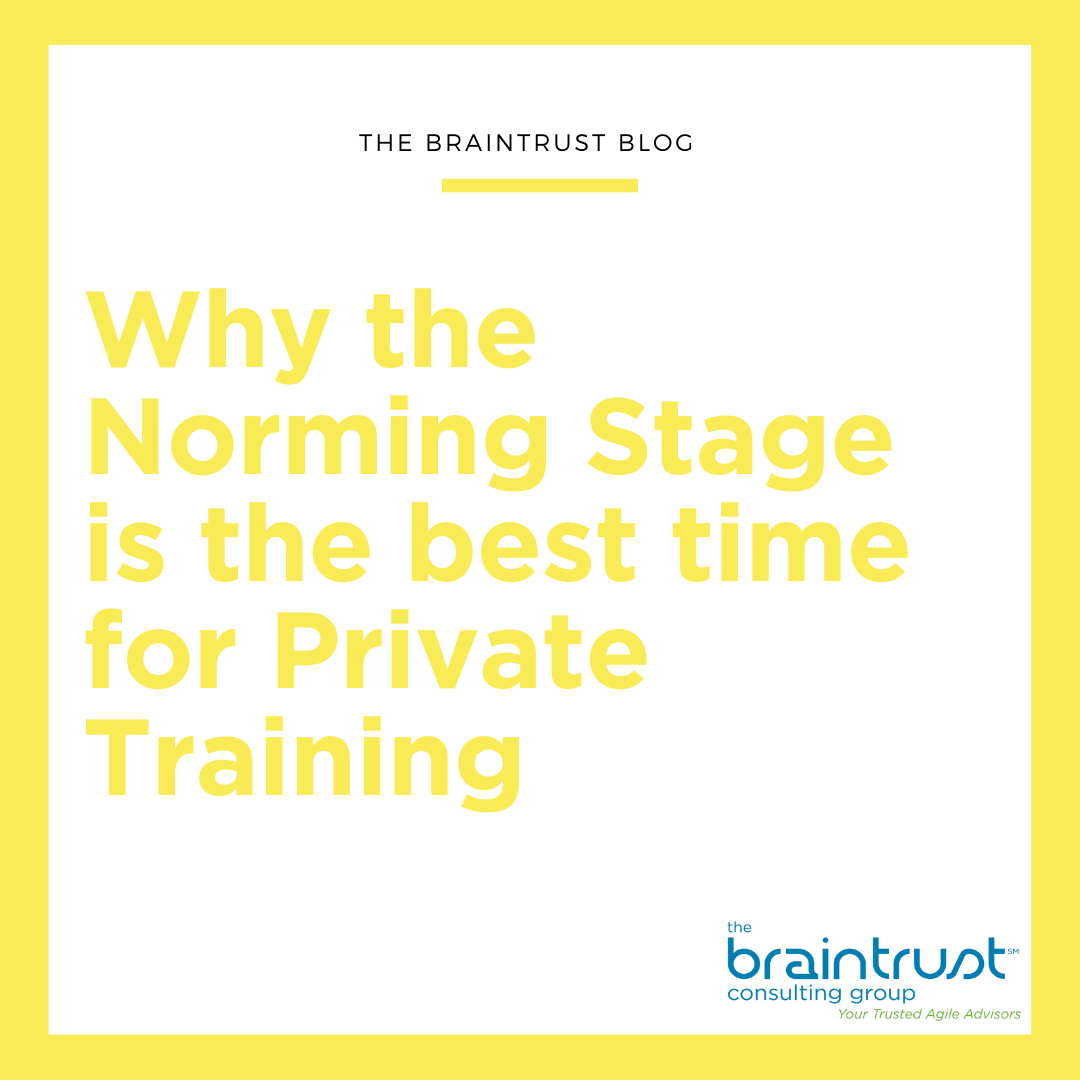Spearheading change within an Organization is a daunting task. Bur when done correctly, organizational change strengthens Teams, creates better products, and ultimately makes for happier customers.
Following a proven method for introducing and establishing a change will increase your change management success rate. A variety of established models exist; the challenge is to find the one that works best for your situation.
Some models are better suited to large-scale, organization-wide changes, such as moving all customer management from a variety of programs into a centralized system. Smaller changes, such as altering the format of client monthly progress reports sent by the marketing department, might be better suited to a less complex model.
What Is a Change Management Model?
Change management models are concepts, theories, and methodologies that provide an in-depth approach to organizational change. They aim to provide a guide to making changes, navigating the transformation process, and ensuring that changes are accepted and put into practice.
Change management frameworks are designed to make the changes easier to implement and, more importantly, to solidify the change as the new norm.
ADKAR Model
The ADKAR Model is a bottom-up method created by Jeffrey Hiatt. It puts the focus on the people behind the change. This is not a sequential method; each letter in the acronym represents a goal to be reached as a company:
Awareness (of the need to change)
Desire (to participate in and support the change)
Knowledge (on how to change)
Ability (to implement required skills and behaviors)
Reinforcement (to sustain the change)
By putting the focus on employees, the ADKAR method limits resistance and thus speeds up implementation. It also values employee input and support. Instead of going to your employees with a mandate for change, you start a conversation to make employees aware of the need for change so that you can convince them that they will benefit from it. This will foster their desire to participate in the implementation.
Satir Change Model
The Satir Change Model monitors the emotional progression of employees by tracking their performance through five stages:
Late status quo—Encourage people to seek improvement information and concepts from outside the group.
Resistance—Help people to open up, become aware, and overcome the reaction to deny, avoid or blame.
Chaos—Help build a safe environment that enables people to focus on their feelings, acknowledge their fear, and use their support systems. Help management avoid any attempt to short circuit this stage with magical solutions.
Integration—Offer reassurance and help finding new methods for coping with difficulties.
New status quo—Help people feel safe so they can practice.
Using a model with a phase called “chaos” might not seem enticing, but there are advantages to anticipating the negative reactions that generally accompany big changes. This model aims to avoid issues that arise when people get frustrated and give up on new processes.
The Satir Change Model focuses on preparation for change but does not help determine what changes need to be made, so it makes sense to use this framework when you know what you want to rework.



